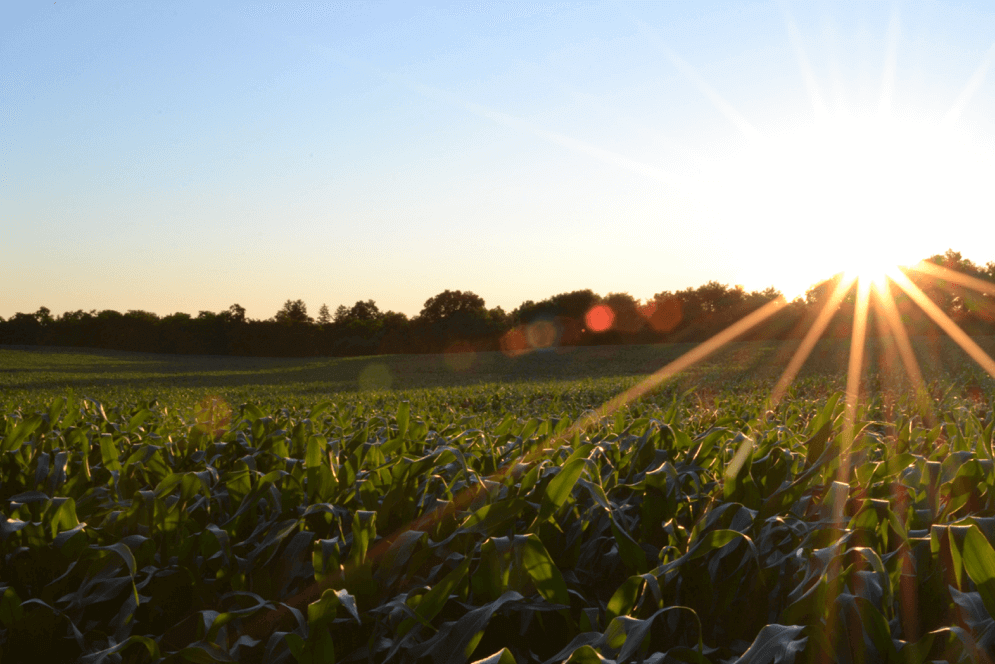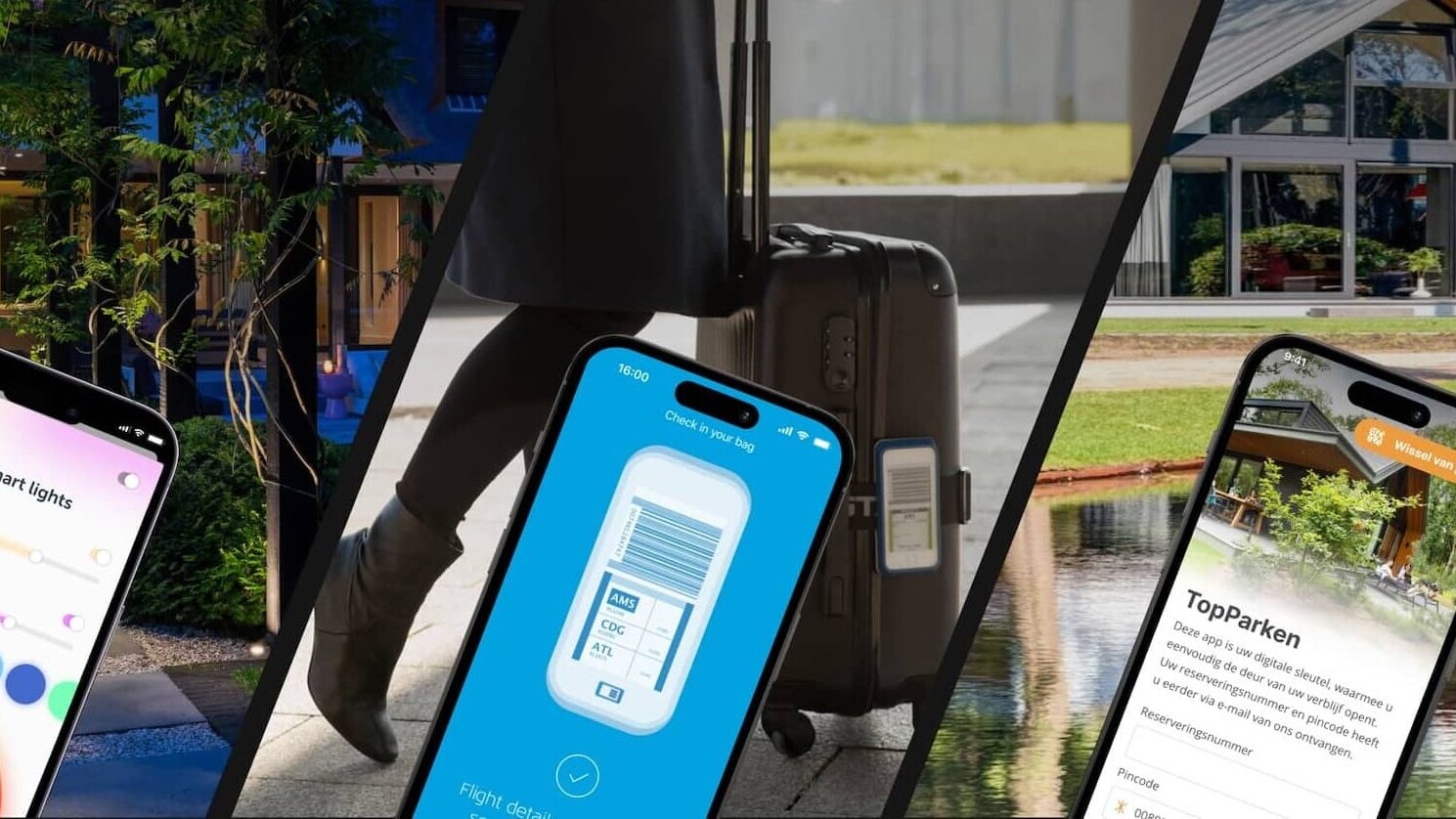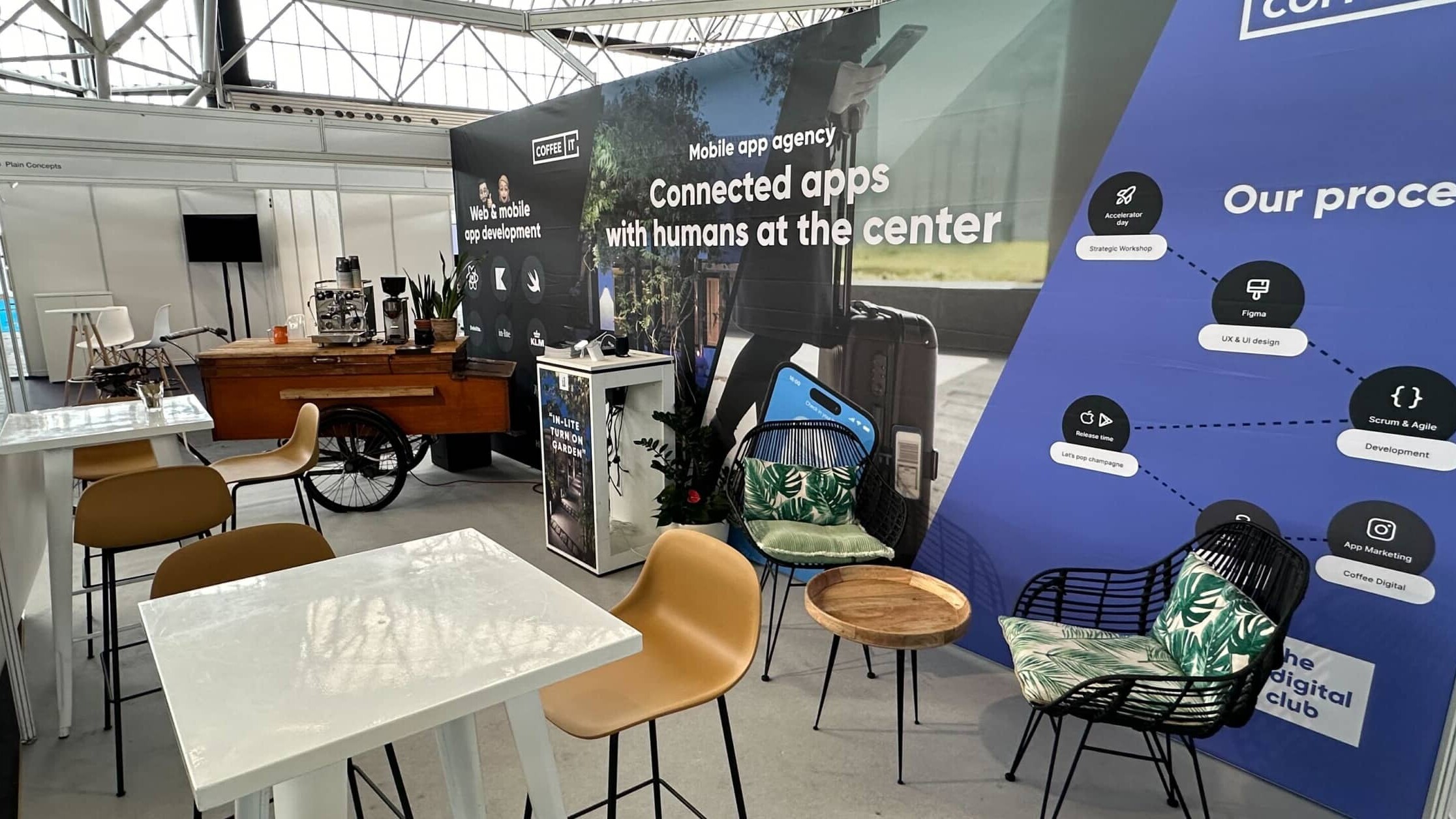Agriculture is rapidly changing due to technological innovations. Precision agriculture using Artificial Intelligence (AI) and machine learning or a drone as an agricultural assistant. Smart systems are everywhere these days; of high-tech building automation to automatically playing your favorite morning tune with Amazon's smart speakers. One of the fastest changing sectors due to technical innovation is perhaps the agricultural sector. What was traditionally a traditional sector is in 2019 one of the most innovative sectors. Sustainable agriculture has become a concept that we can no longer ignore. In this article we discuss the latest technological innovations in agriculture. How agriculture and innovative IoT techniques join forces for a more sustainable world: technical innovation in agriculture.
Fewer resources, more potatoes
The time of small (local) farmers who produce for self-maintenance is over. Many small subsistence farmers have been transformed into large professional farms with optimized production processes. Technology adoption in agriculture has made this possible. This transition is partly due to the need to achieve the best results with as few resources as possible. On the other hand, there is an increasing need for sustainable production processes on a global scale. The sustainable debate is open, consumers are increasingly concerned about the use of pesticides and the sustainable use of scarce raw materials is high on the agenda. Agriculture had to evaluate. The result: Dutch agriculture is one of the most advanced economic sectors at the moment. Many countries are looking for cooperation with the Netherlands when it comes to optimizing and making their own agriculture more sustainable, what exactly does this entail?

Technical innovation in agriculture: smart farming
Farming teams around the world are experiencing a growing interest in agricultural technology. Wageningen has now established itself as one of the most innovative and renowned agricultural universities in the world. The government, the agribusiness community and knowledge institutions have joined forces to enable technological innovation in agriculture. What innovations are these exactly?
Automation
Automation is one of the spearheads when we talk about technical innovation in agriculture. Farmers are now making full use of automated milking and feeding systems, saving people and resources in this way. Together with the IoT (which we will talk about in a moment), automation enables energy savings and optimal growth of crops and livestock by delivering exactly the right raw materials or care at exactly the right time.
Robotica
Meanwhile more than a quarter of Dutch dairy farmers milking robots. There are thousands worldwide, often of Dutch descent. Robots help farmers with milking, but also with cleaning up manure. It is estimated that by 2026 the industry will account for such 8.5 billion dollars. In addition to milking robots, there are now robots that can recognize crops, hoe weeds and analyze plants in order to take a certain action.
IoT (Internet of Things)
The term 'IoT' has been reviewed many times in our blogs. That's what we're talking about IoT in healthcare but also about domotics and other systems such as self-driving cars. What we haven't talked about yet is IoT in agriculture. Where self-driving cars are on the way, this also applies to autonomous tractors. Self-driving tractors, unmanned helicopters, sensor technology and autonomous drones help farmers organize the production process more efficiently and collect important data. Smart sensors are used to measure soil and air quality and then act accordingly, for example by automatically spraying. IoT and machine learning make precision agriculture possible (also; smart farming). This is a form of agriculture in which plants and animals receive exactly the right treatment by means of sensor technology. These sensors collect data on soil and crop behavior, animal behavior, machine status, storage tanks, and climate and other environment-related measurements. This information is forwarded to the cloud. The use of sensor technology has been used for some time in other sectors, for example with the building automation app that we developed for Vanderlanden.
Data management & mobile applications
Data management is in an up-and-coming gear in agriculture. According to experts data management may soon be even more important than robotics itself and this is where the great opportunities for the agricultural sector lie. More and more often, for example, the Netherlands is looking along with customers in another continent by means of computer-controlled control techniques. They are also becoming more common mobile applications developed for the benefit of agriculture and the farmer. An example of this is a mobile app in Myanmar for the local farmers. Via the app, farmers receive up-to-date information about market prices and can order products with their mobile. Another good example is John Deere, a farm equipment company. John Deere saw opportunities in the market by offering big data services. For example, they add smart sensors that provide all kinds of information via an app. Not only does it provide a unique and huge data set, John Deere also has a completely new source of income.
Conclusion
Smart agriculture, or 'smart farming', is an innovative form of agriculture where modern technology is used to use raw materials more efficiently. By using automation, the Internet of Things, smart sensors, robotics and mobile solutions, agriculture is becoming increasingly innovative. Thanks to the IoT, an enormous amount of data and information is available that gives farmers the opportunity to develop. Think of precision agriculture, in which an automated system can determine per square meter which treatment leads to the best result. Take water. Water is one of the scarce resources for agriculture. IoT and machine learning make it possible to use smart sprinkler systems instead of traditional timers. Exactly the right amount of water is given based on sensors, databases and weather forecasts. In short: less water, more potatoes.

A sustainable future through smart agriculture using complex digital resources
Receive a text message when it is exactly the right time to harvest, a drone that flies over the land and collects data and a robot that then harvests it in the most efficient way. By using smart technologies, the full potential of agriculture can be exploited. This includes sufficient sustainable food, employment and the development of stable economies for less developed countries. As an innovative app developer, we like to work with parties who are committed to a world where technology and ease of use go together. By solving complex problems with intuitive techniques, we create solutions with impact. Do you have an app concept for agriculture? Let us know and maybe we will soon build a sustainable future together.











